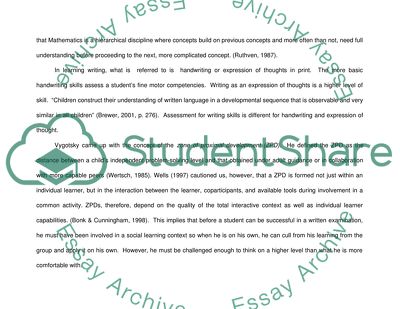Cite this document
(Examing Current Assesment Practice Thesis Example | Topics and Well Written Essays - 2000 words, n.d.)
Examing Current Assesment Practice Thesis Example | Topics and Well Written Essays - 2000 words. Retrieved from https://studentshare.org/science/1548061-examining-current-assessment-practice
Examing Current Assesment Practice Thesis Example | Topics and Well Written Essays - 2000 words. Retrieved from https://studentshare.org/science/1548061-examining-current-assessment-practice
(Examing Current Assesment Practice Thesis Example | Topics and Well Written Essays - 2000 Words)
Examing Current Assesment Practice Thesis Example | Topics and Well Written Essays - 2000 Words. https://studentshare.org/science/1548061-examining-current-assessment-practice.
Examing Current Assesment Practice Thesis Example | Topics and Well Written Essays - 2000 Words. https://studentshare.org/science/1548061-examining-current-assessment-practice.
“Examing Current Assesment Practice Thesis Example | Topics and Well Written Essays - 2000 Words”. https://studentshare.org/science/1548061-examining-current-assessment-practice.


